On November 18, 2025, Maoists suffered a major blow when one of their most dreaded commanders, Madvi Hidma, was gunned down. A day later, in another encounter in the forest region of Andhra Pradesh’s Alluri Sitarama Raju district, seven other Maoists were killed.
Over the past decade, the country has witnessed a sense of urgency — and clarity — in its fight against Left-Wing Extremism (LWE). Under the leadership of Prime Minister Narendra Modi and the strategic direction of Home Minister Amit Shah, the country has mounted its most coordinated and sustained campaign against the Maoist insurgency. What was till a decade back “the most formidable security challenge facing the country” is now gasping for breath.
The numbers from 2025 alone illustrate the shift. Nearly 300 Maoists have been neutralised this year, more than 1,100 arrested, and over 900 have surrendered. The number of affected districts has fallen from a peak of around 180 in the late 2000s to just 18 in 2025, with the Maoist insurgency now largely confined to the Bastar and Abujhmad regions of Chhattisgarh. Maharashtra, Odisha, Andhra Pradesh, Jharkhand and Bihar are now practically free of Maoist violence. The peaceful and efficiently conducted Bihar elections underscored what once seemed impossible; the state today holds firm in areas previously dictated by Maoist writ.
Shattering Old Narratives
This turnaround is largely the result of Home Minister Amit Shah’s insistence on exterminating Maoists, and not just containing their activities. Since taking over the Home Ministry in June 2019, he injected a sense of urgency into the security establishment by setting a definite timetable for eliminating Maoist violence by March 31, 2026. He is on course to achieving it well before time — just the same way Hidma was killed 12 days ahead of the official deadline of November 30, 2025.
Shah has set a strict red line for dealing with Maoists: there would be no dialogue without disarmament. These so-called rebels must first lay down their arms and surrender unconditionally. The state has thus made it clear that its writ would run, and not that of the Maoists.
Quick Reads
View AllIn the past decade, the very outlook of the state has changed drastically vis-à-vis Maoists. For decades, Maoism was cushioned by an influential intellectual/ideological narrative that romanticised it as an uprising of the poor and the dispossessed. Writers and activists often portrayed the insurgency as a righteous revolt of landless labourers against caste oppression and state failure.
Such was their hold over the narrative that Maoist violence would invariably be projected as a result of upper-caste atrocities — and, as William Dalrymple writes in The Age of Kali, how “in some upper-caste areas, the burning of untouchables had become so common that it was now almost an organised sport”. Various lower-caste self-defence forces were formed in reaction, Dalrymple would add.
Had this been about the landlord versus the landless, then the Maoists would have become a major force in the regions of landlords. Interestingly, when the Lalu Prasad Yadav government submitted a list of 157 “landlords” in 1991, not one of them was from central Bihar — the core Maoist belt. Most were from north Bihar, a region that remained relatively peaceful. If Maoism were fundamentally a struggle between landlords and landless labourers, the map would have looked starkly different.
In fact, a closer and nuanced look at the Maoist insurgency in the country shows that the rise of Left-Wing Extremism was not the result of upper-caste violence; rather, Maoist violence was the catalyst that led to the emergence of upper-caste ‘senas’. Even the much-maligned Ranvir Sena came into existence as a response to terror unleashed by Maoists against landed people. Here, it needs to be reiterated that most of these landed people were petty farmers. And even the ‘progressive’ Lalu Prasad government could not find a single ‘landlord’ in the Maoist belt of Bihar.
What further lifts the mask off the Maoists is the fact that nearly 90 per cent of those killed by them have been poor and from deprived communities — civilians, especially Dalits, Adivasis, and Backward Classes.
Ironically, most of the intellectual supporters of Maoism live in the comfort of cities and the protection of the state — the very state they plot to dismantle. They would want their houses protected by police but hail their killing by Maoists. They prefer the luxuries of urban life, but invoke others to have a deprived existence in villages and jungles.
This reminds one of Nicaraguan writer Pablo Antonio Cuadra, who once wondered how Nobel laureate Günter Grass could defend institutions abroad that he would never accept at home.
The Modi-Shah Model
The Modi government has challenged this dubious narrative head-on. It has explicitly challenged the Leftist ecosystem that provided ideological legitimacy to wanton Maoist violence across the country.
Simultaneously, it has brought in consistency in its policy against Maoists. Where earlier governments oscillated between appeasement and crackdown, the Modi government’s approach has been marked by clarity and consistency, combining decisive security action with robust development efforts. Its first priority has been to strengthen the state’s security apparatus while putting in place a non-negotiable red line — that there would be no talks with Maoists without them laying down their arms and surrendering.
In the meantime, the development process has taken off too. But unlike in the past, development and law and order now go hand in hand — and not expecting wishfully that development alone would push the Maoists to drop their guns. As per a Sunday Guardian report, “Between 2014 and 2024, 12,000 km of roads were constructed in LWE-affected states, 5,000 mobile towers installed, 1,060 bank branches opened, 937 ATMs set up, and 850 schools established. By 2025, significant infrastructure was in place: 14,618 km of roads completed, 7,768 mobile towers commissioned, 1,007 bank branches opened, and 179 Eklavya Model Residential Schools made operational. The number of fortified police stations increased from 66 in 2014 to 612 by 2024, with over 300 security camps established in Maoist-infested areas in just the last five years.”
The Modi-Shah model thus, by putting in place a firm blueprint for ending Maoist terror, offers a template for confronting future insurgencies in the country. The Modi government’s unprecedented successes against Left-Wing Extremism, especially in the past six years, have shown that insurgencies cannot be fought through development rhetoric alone. They require firm state authority, followed by inclusive development that empowers marginalised communities.
(The views expressed in the above piece are personal and solely those of the author. They do not necessarily reflect Firstpost’s views.)


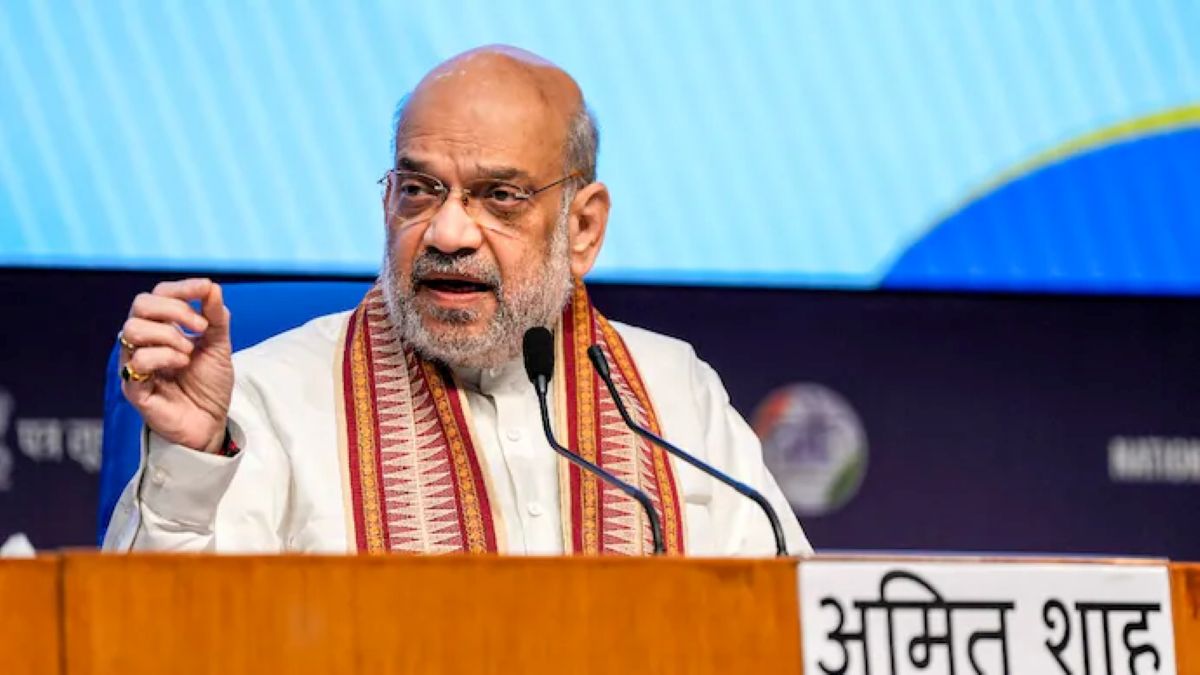)
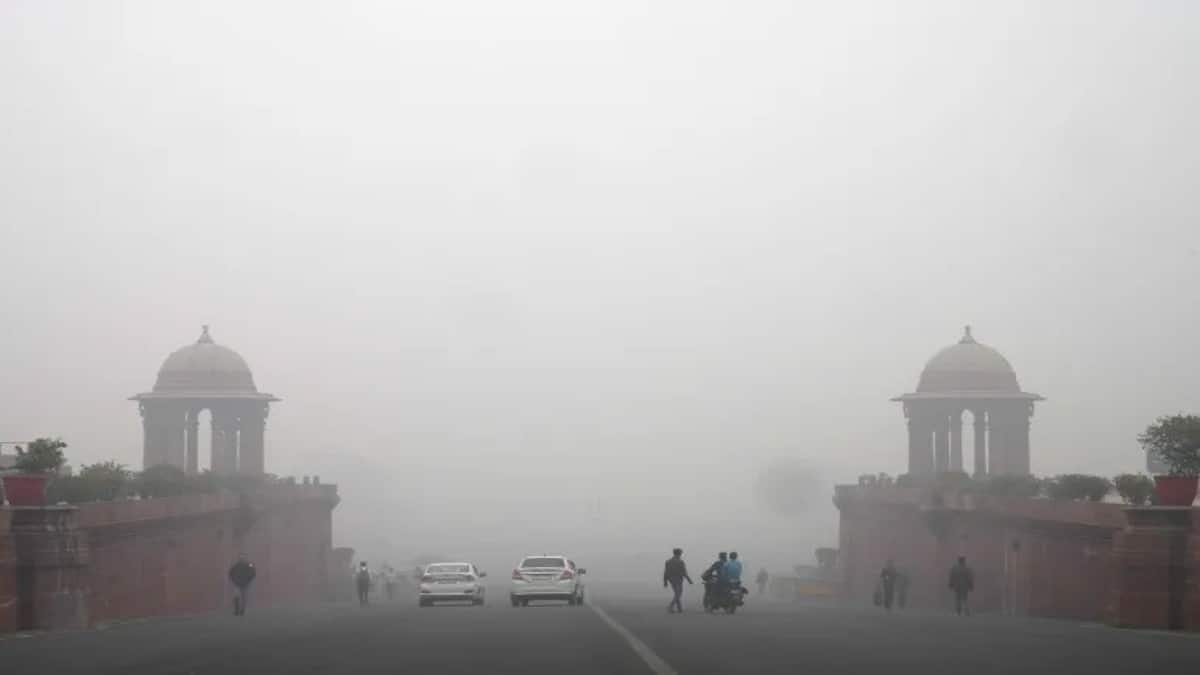
)
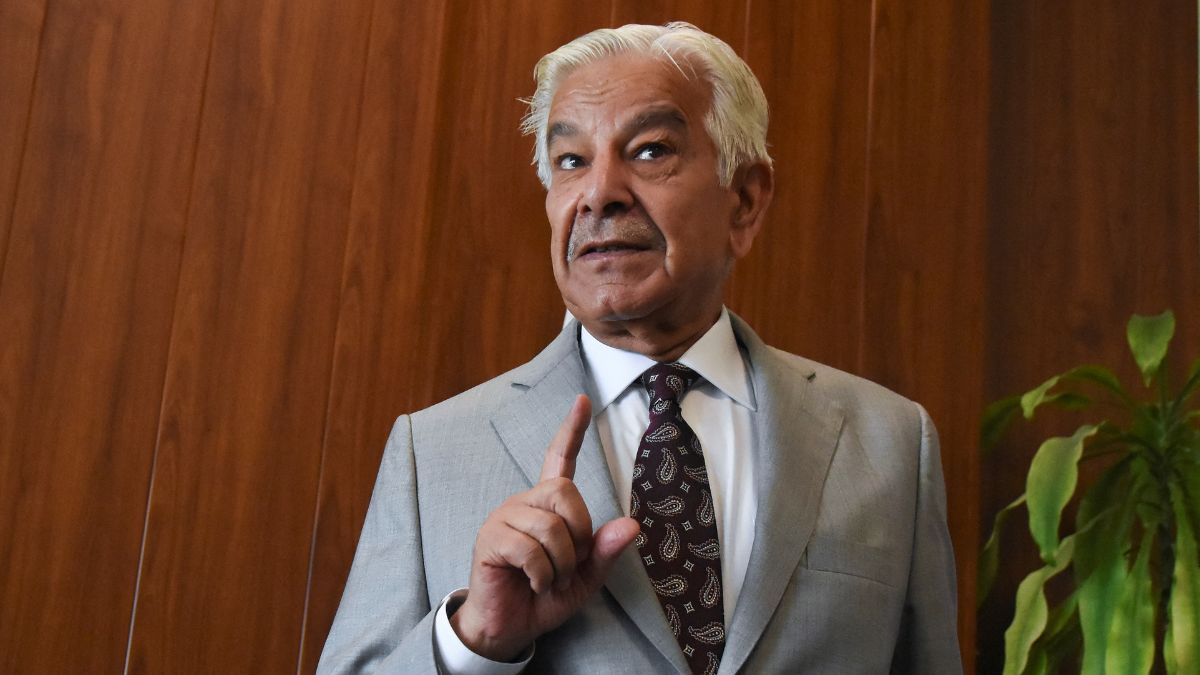)
)
)
)
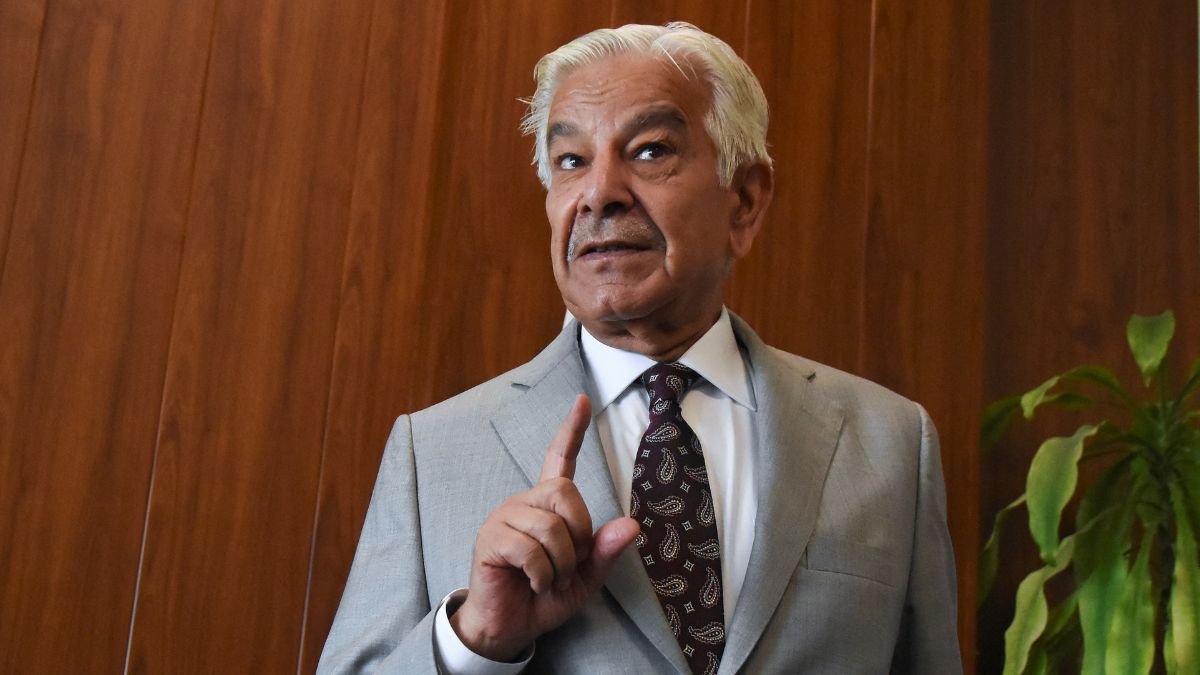)
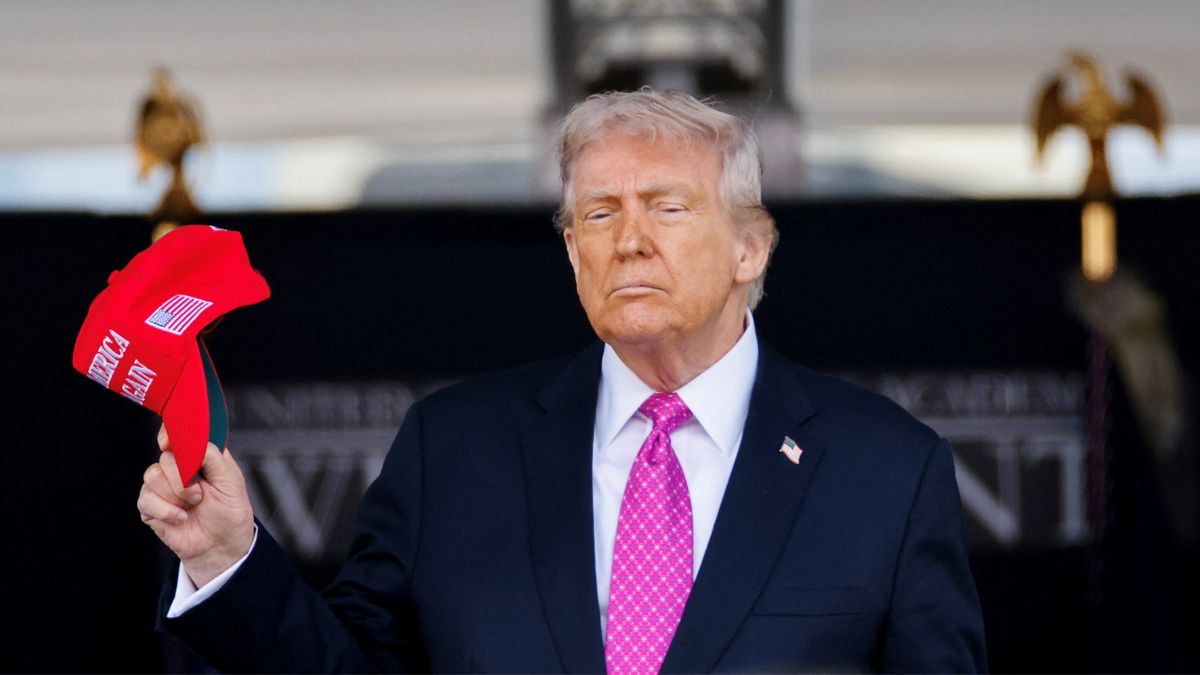)
)



